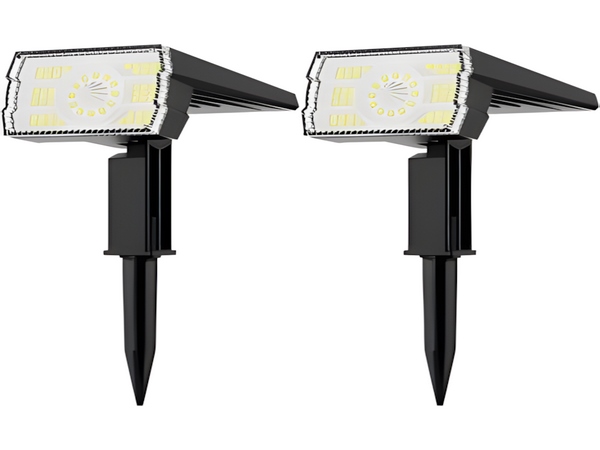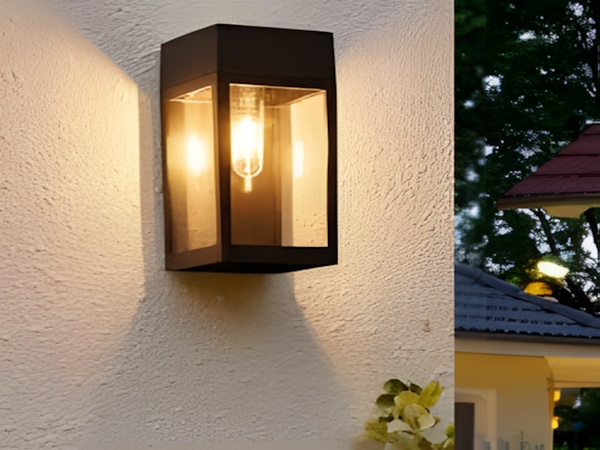
How to determine the height of solar streetlight poles? Today, we will explain how to determine the height of solar streetlight poles.

If it is a 20-meter-wide road, it should be considered a main road, thus requiring lighting on both sides. The main requirements for road lighting include illuminance requirements and uniformity. Uniformity is generally above 0.3. The greater the uniformity, the wider the scattering of light from the solar streetlight, and thus the better the lighting effect.
We can assume that the lights are symmetrically arranged in two rows, and the height of the pole should be at least 1/2 of the road width. Therefore, the height of the pole should be between 12 to 14 meters. Assuming a 14-meter tall pole, the installation spacing of the streetlights is generally about three times the height of the pole, so the spacing should be at least 40 meters. Let’s assume the spacing of the solar streetlights is 40 meters with the pole height at 14 meters. In this case, the power of the solar streetlight needs to be above 200 watts to basically meet the lighting requirements of the main road.
Illuminance and power are related to the installation height of the fixtures. For solar streetlights, we want a larger lighting angle and better uniformity, which allows for a wider distance between poles, thereby reducing the number of poles needed and saving costs.

If the spacing of the solar streetlights is 40 meters, with a pole height of 14 meters and a power of 200 watts, how is the illuminance calculated? Therefore, it is necessary to test the 200-watt streetlight first, because different manufacturers use different LEDs, and the light distribution lenses also vary. The total luminous flux for the same power can differ, which will lead to variations in illuminance on the road.



